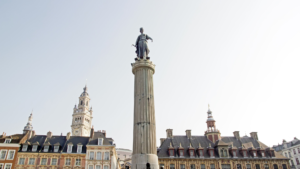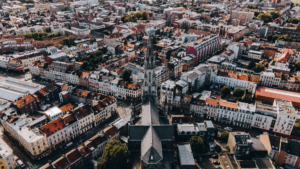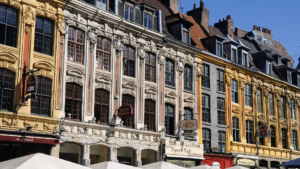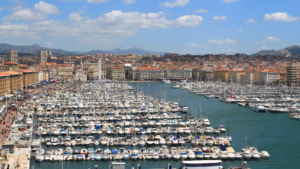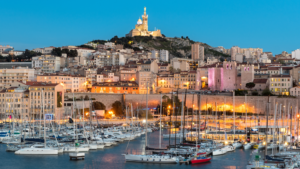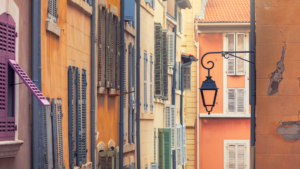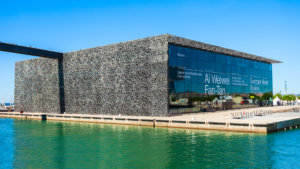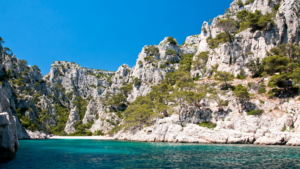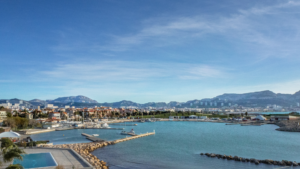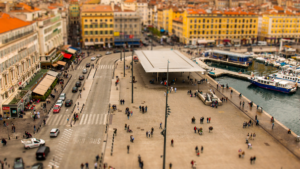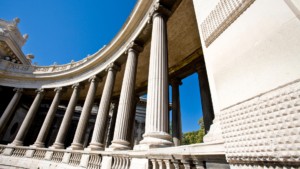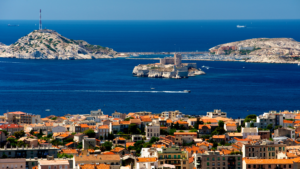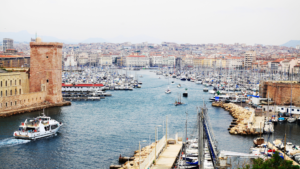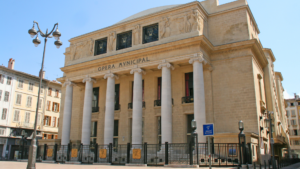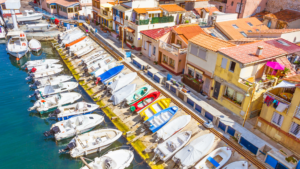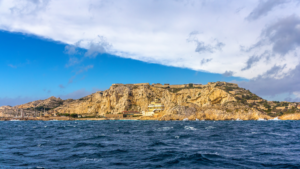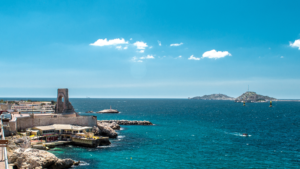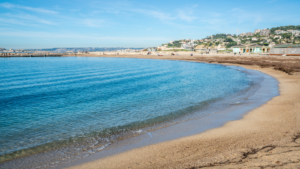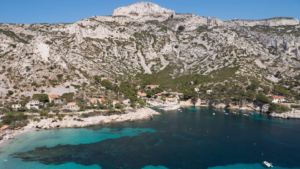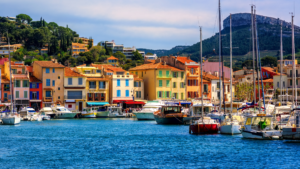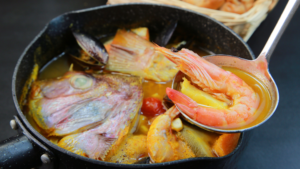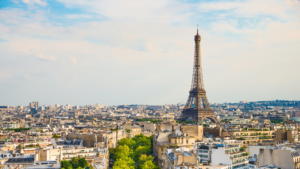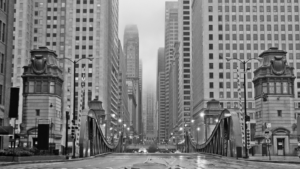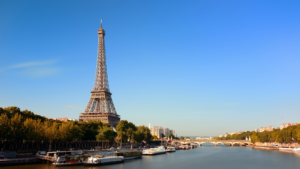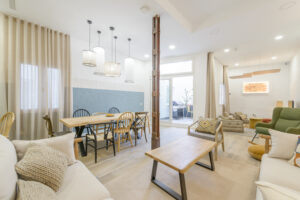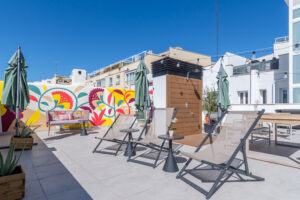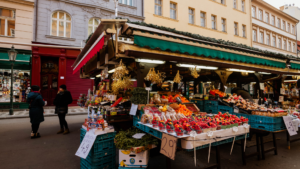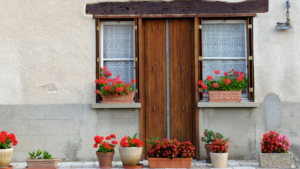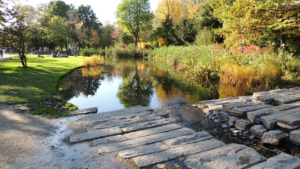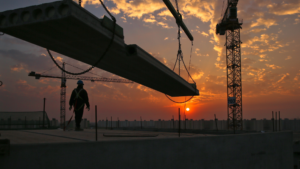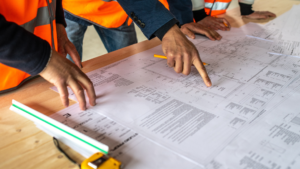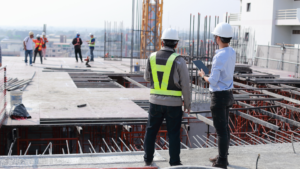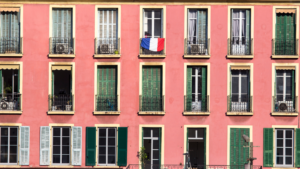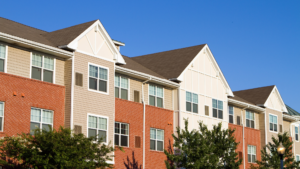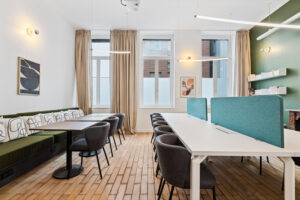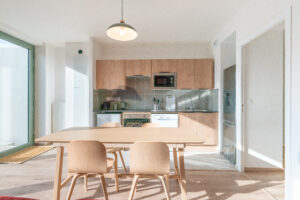A Journey Through Calanques National Park
Have you ever wondered where you can find rugged cliffs, crystal-clear turquoise waters, and flourishing biodiversity come together in perfect harmony?
Welcome to Calanques National Park, a stunning jewel on the Mediterranean coast between Marseille and Cassis, France. This extraordinary park isn’t just a place to visit; it’s an experience to be cherished, offering everything from serene escapes to adventurous activities.
Let’s take a journey through the Calanques National Park, exploring its endlessly beautiful landscapes.
Exploring the Calanques National Park: What is a Calanque?
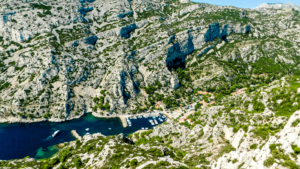
A calanque is a steep-walled inlet, cove, or bay often carved into limestone or similar rock types along coastlines. These formations usually happen when rivers carve deep valleys or when caves collapse, forming a narrow, steep gorge that leads into the sea.
Calanques are found around the world, but they are especially famous along the Mediterranean coast. Known for their dramatic cliffs and clear waters, calanques are popular spots for hiking, boating, swimming, and climbing.
Calanques National Park: Let’s Take A Tour
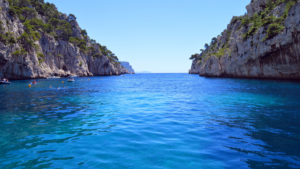
Calanque de Port-Miou
The first calanque you encounter from Cassis is Port-Miou, a serene harbor filled with boats and surrounded by stark white cliffs. The area serves as a great starting point for hiking trails that weave through the park. Its calm waters are also ideal for kayaking, providing a peaceful paddle through the scenic environment.
Calanque de Port Pin
A moderate hike from Port-Miou leads to Calanque de Port Pin, where the scent of pine trees fills the air and the blue-green waters invite a refreshing swim. Less crowded than its neighbors, Port Pin offers a tranquil retreat with picturesque views, perfect for a picnic or a sun-soaked afternoon.
Calanque d’En-Vau
Arguably the most stunning of all, Calanque d’En-Vau is surrounded by towering cliffs and accessible through a challenging hiking trail or by sea. Those who make the trek are rewarded with spectacular views and a remote beach. Kayakers often dot the cove’s waters, enhancing the sense of adventure in this dramatic landscape.
Calanque de Sugiton
Popular among locals, Calanque de Sugiton features dramatic rock formations and several vantage points for panoramic views of the Mediterranean. The trails here can be steep and rocky, so wearing sturdy shoes is very important. The beach, though small, is a perfect spot for a swim in clear, refreshing waters.
Getting to Calanques National Park
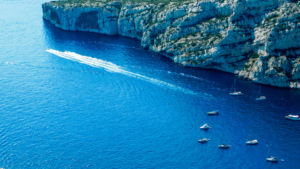
Reaching Calanques National Park is a straightforward journey from nearby Marseille or Cassis. From Marseille, visitors can drive or take public transport to the park’s entrances, with local buses offering direct routes to popular starting points like Luminy or Callelongue.
Parking can be limited during peak tourist seasons, so arriving early or using public transport is advisable. Some areas of the park may require a small fee for maintenance or conservation efforts, especially if you’re planning to engage in activities like boating or guided tours.
Wildlife and Flora of Calanques National Park
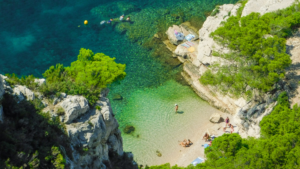
The park is a biodiversity hotspot, housing a variety of plant and animal species unique to this Mediterranean environment. From aromatic herbs like rosemary and thyme to rare birds such as the peregrine falcon, the park is a living laboratory for nature enthusiasts. Careful observation might also reveal the shy movements of foxes or the darting flight of various butterfly species.
Here are a few key inhabitants to keep an eye out for:
- Peregrine Falcon: Known for being one of the fastest birds in the world, the peregrine falcon thrives in the high cliffs of the park. It dives at speeds of over 200 mph to catch its prey in mid-air.
- Eagle Owl: This is a large owl identifiable by its impressive wingspan and distinctive tufted ears. The Eagle Owl is nocturnal and can be spotted during dusk or dawn perched high on rocky outcrops.
- Mediterranean Monk Seal: Although rare and highly protected, the Mediterranean monk seal occasionally visits the secluded beaches of the calanques. They are one of the world’s most endangered marine mammals.
- Sardinian Warbler: A small, robust bird with a distinctive grey head and red-ringed eyes, the Sardinian warbler is often heard before it’s seen, singing from the dense underbrush.
- Posidonia Oceanica: This important seagrass is not an animal but a marine plant. It creates underwater meadows that serve as crucial habitats, help store carbon, and protect against erosion in the park’s marine ecosystem.
Conservation Efforts
Calanques National Park faces ongoing challenges due to its popularity, including erosion and habitat disruption. To combat these issues, the park employs strict regulations such as limited access during high-risk fire seasons and mandatory clean-up campaigns. These measures help maintain the natural beauty and health of the ecosystems.
Visitors play a crucial role in these efforts by following strict guidelines. These include sticking to marked trails and avoiding littering. The park’s management works continuously to educate tourists on the importance of conservation and the role they play in sustaining the natural environment for future generations.
Activities in Calanques National Park
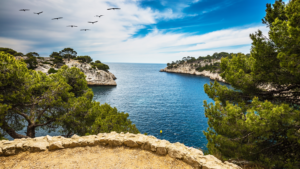
For those eager to explore, Calanques National Park offers a variety of activities. Hiking and climbing are among the most popular, with routes catering to all skill levels. The limestone cliffs provide challenging ascents for climbers, plus rewarding views of the coastline.
Water-based activities such as snorkeling and kayaking allow visitors to discover the underwater beauty of the calanques. Guided boat tours are also available, with breathtaking views of the park’s secluded beaches and inaccessible coves.
Best Times to Visit Calanques National Park
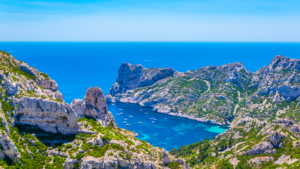
The best time to visit Calanques National Park is during the spring and fall when the weather is mild, and the crowds are thinner. These seasons offer the most pleasant conditions for hiking and other outdoor activities. Summer visits are possible, but be aware that access to some areas may be restricted due to fire risk or conservation efforts.
Visitors should also consider the park’s seasonal closing times and check for any specific access regulations before planning their trip. This ensures a safe and enjoyable experience while helping to protect the park’s natural resources.
Can I stay overnight in Calanques National Park?
Camping or staying overnight in Calanques National Park is not permitted. The park aims to preserve its delicate ecosystems and minimize human impact, so overnight stays are restricted to protect the natural environment. However, there are numerous accommodation options nearby in cities like Marseille and Cassis, offering easy access to the park for daytime visits.
For those looking to experience the park over multiple days, these nearby cities provide a convenient base for exploration.
Photo Credits:
- All photos used through Canva Free Media License


